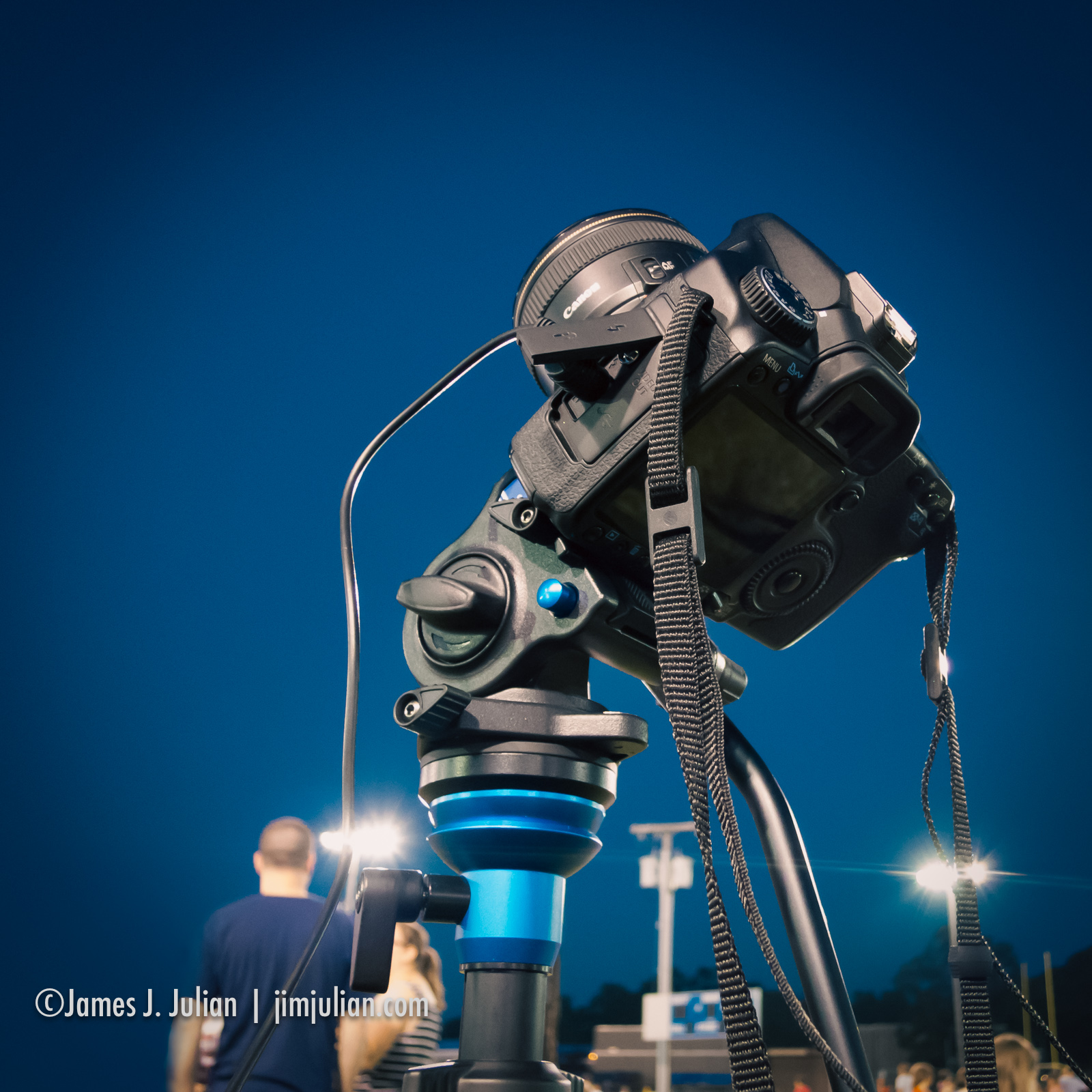So you’re a digital photographer, videographer, graphics designer, or other creative? Are you faced with choosing a computer for digital photography, video editing, or heavy graphical design?

Here are some computer buying tips for photographers or other creatives, summarizing some deep experience (this works regardless of the platform – macOS, Linux, or Windows 7 and up):
Computer Buying Tips In Order of Importance
Add RAM first!
- Lots of RAM, as much as can fit. It’s very inexpensive now, and 8 GB is a practical minimum, with 16 GB a worthwhile option. First, a fast CPU or expensive SSD hard drive won’t help with a modern operating system if you don’t have enough RAM. Modern photo and video editing software swap your images and videos, plus dozens of hidden temporary files, the program itself, and its extensions, out to RAM while editing. No substitute!
- A multi-core CPU, such as an Intel i5 or i7. All modern operating systems support this now. It’s far more critical than absolute speed, such as 2.5 GHz versus 2.7 GHz, which is trivial, all else equal.
- Fast disk drives. A modern 7200 RPM drive is a speedy and economical alternative to an SSD drive. Power-saving “green” drives are the worst in this application.
- Multiple internal disk drives (desktop machines only): one for the main platform and one for your data. Again, conventional drives are very inexpensive now and relatively fast. It also makes it much easier to back up your irreplaceable data separately (you can always restore the operating system and applications such as Photoshop).
Item 0: Use a 64-bit operating system – but all modern operating systems are 64-bit.
Think About Your Computer Requirements
This would be a very short discussion if you can buy whatever you want and maximize everything (the biggest, fastest, and most amazing components). Some suggestions are just making recommendations in order of importance to keep the cost down.
If you are on a budget, you can’t have everything, so you have to prioritize.
What is your overall budget? And what are your overall requirements? For instance:
- Does it have to be portable, or can it be a desktop computer? One monitor or two? Will you be calibrating the monitor for accurate color?
- Are you editing videos in addition to photos? Editing motion graphics for the videos?
- Are you compositing multiple HDR photos? Merging big panorama pictures?
- Do you need a ton of space? Do you tend to save everything, or do you tend to clean up a lot?
- Are you leaving enough in your budget for a robust backup system? Multiple drives? Multiple locations? Paid offline storage?
About Computer Performance
“Opening” software and “running” software are very different.
About Computer Backups
This assumes you have yet another completely different external drive for backup – plus off-site backup.
The Bottom Line on Buying a Computer for Digital Photography
To keep your costs down, $700 is a reasonable budget, and this Mac Mini is in that price range. This higher-priced Mac Mini is around $1800. It’s a desktop computer and a very tiny one at that.
Or, you can buy a ready-to-go Windows 7 machine for a similar price. Desktop machines are always less expensive for the same hardware to use to your advantage. The irony of this long thread is that all these computers are so amazing today that you almost can’t go wrong with anything. So I say an Intel i5 or i7 processor, eight or more gigabytes of RAM, and I prefer two separate internal disk drives (system + data). Remember, you’ll pay a lot more for a solid-state drive for a lot less space, so you have to decide if they need more space than speed. Eight gigabytes or more RAM should make up for it.



